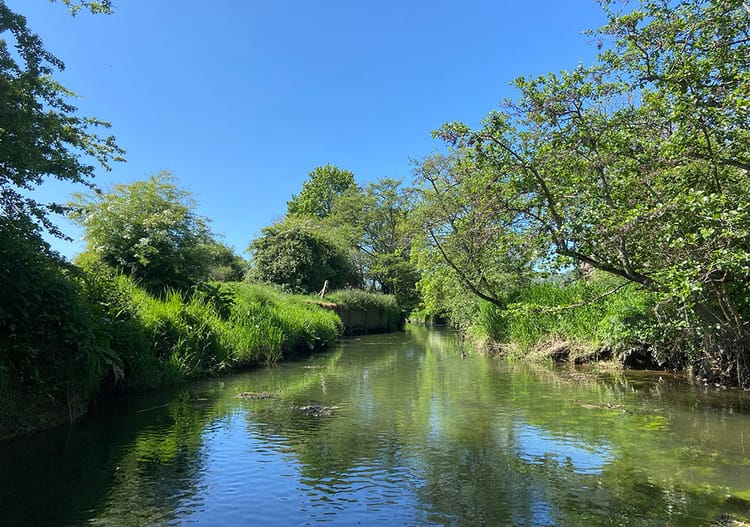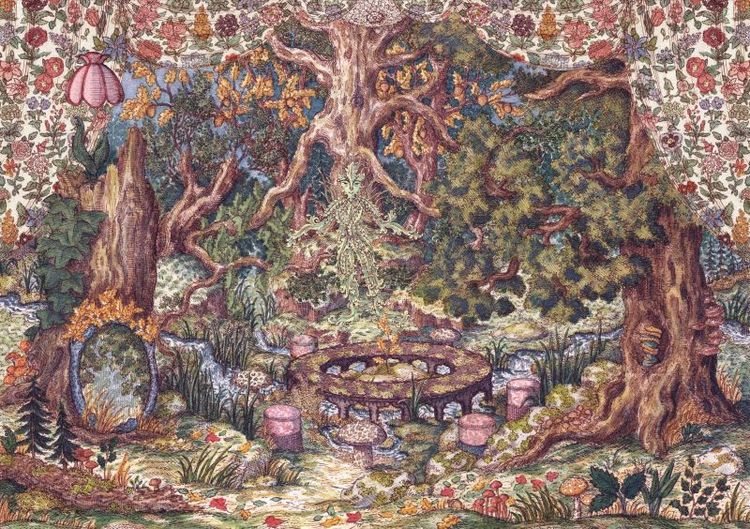Report from COP26 in Glasgow, 2021: A Tale of Two COPs

Over these past two weeks, it seemed like two different climate events were taking place at the same time. Ultimately it made me wonder... where did the real COP26 take place?
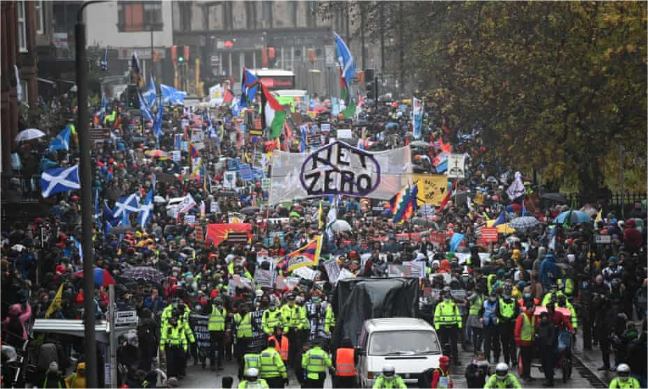
For the first time with COP26, the UK hosted the most important climate talks, happening every year since 1995. This COP came after a year-long hiatus imposed by the pandemic, and at the end of a 5-year cycle from the Paris Agreement, the first checkpoint for the major climate pledges made in 2015. With so much at stake, expectations were high for the key issues at the discussion table; elsewhere, climate activists were looking at the event with a more cautious eye.
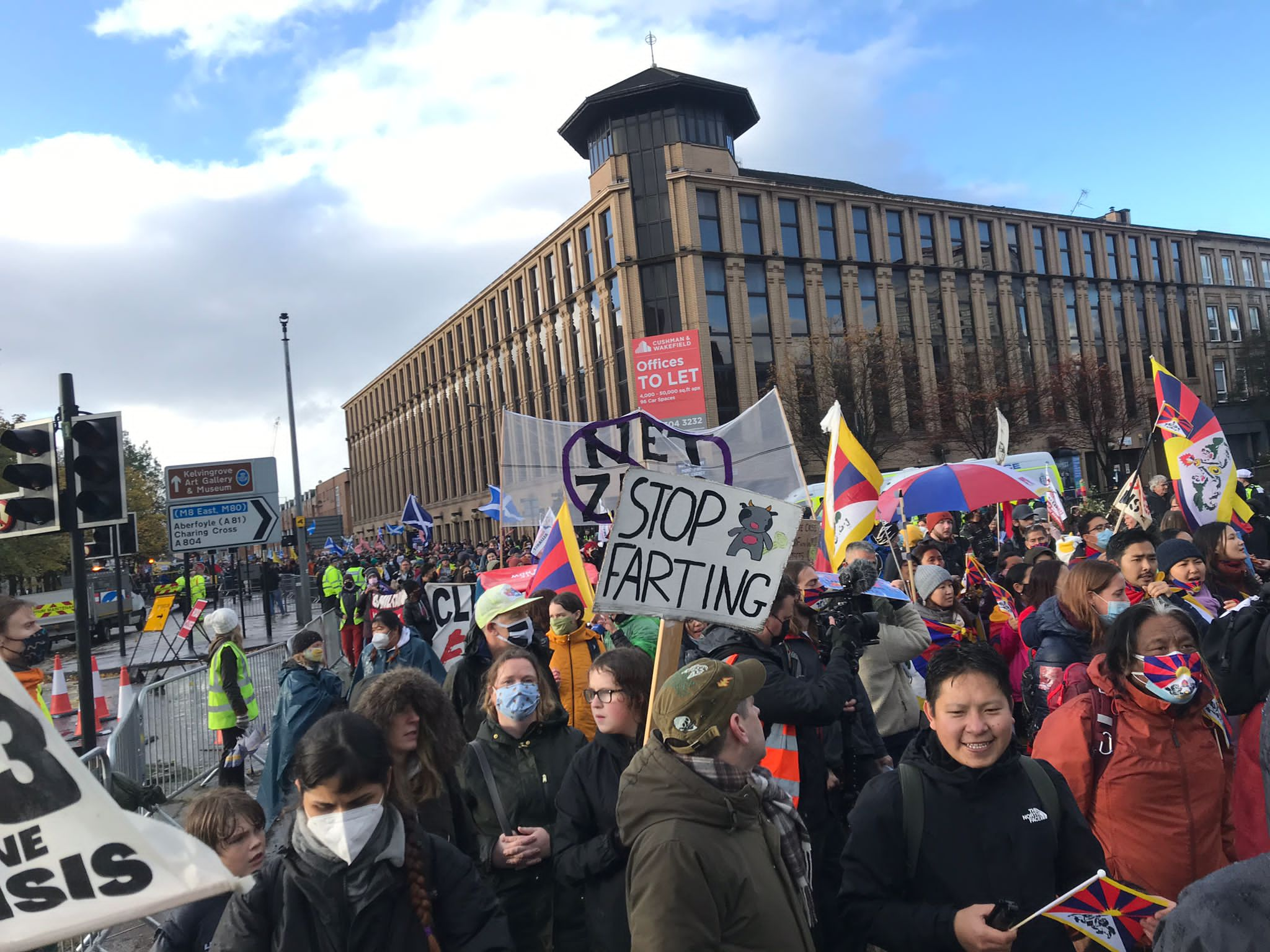
Indeed, COP26 was labelled as probably the most exclusive in the history of the conference. Prospective participants were met with the intricate, even hostile UK travel and visa rules, and struggled in accessing affordable accommodation. Vaccine distribution and recognition also prevented many from traveling to Scotland, feeding into a process that has been repeatedly called out as a “vaccine apartheid”. Ultimately, regardless of one’s take on its outcomes, COP26 displayed an alarming lack of representation, worsened by the disproportionate presence of large delegations from groups such as the fossil fuel industry.
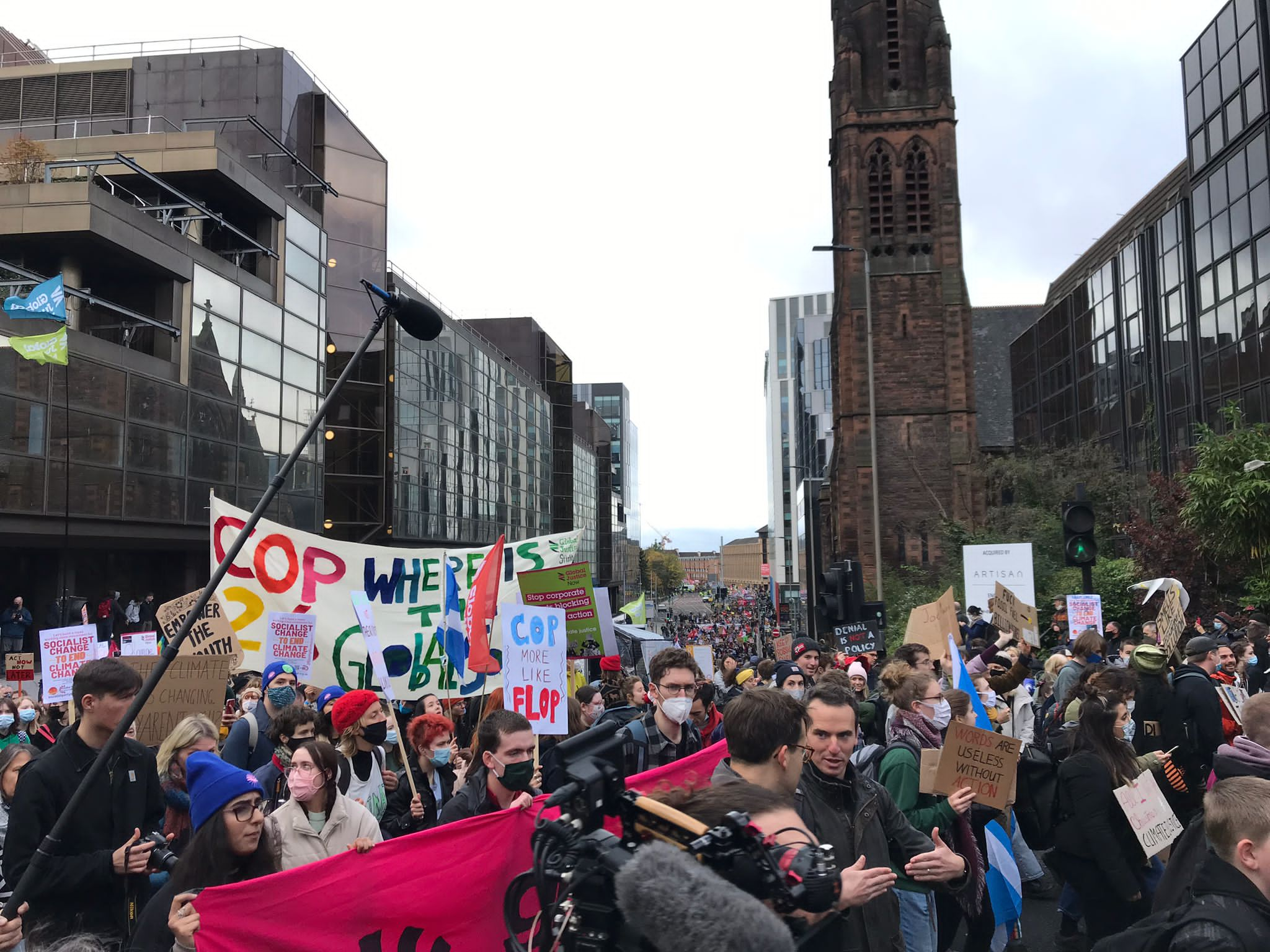
And when it comes to climate change, which already implies disproportionate impacts and uneven distribution of responsibilities, the balance of voices in negotiations is crucial to deliver a just outcome and ambitious climate pledges. There exists an inherent irony. While the negotiations progress in the Blue Zone was enthusiastically echoed by the media, a second COP was taking place in Glasgow.
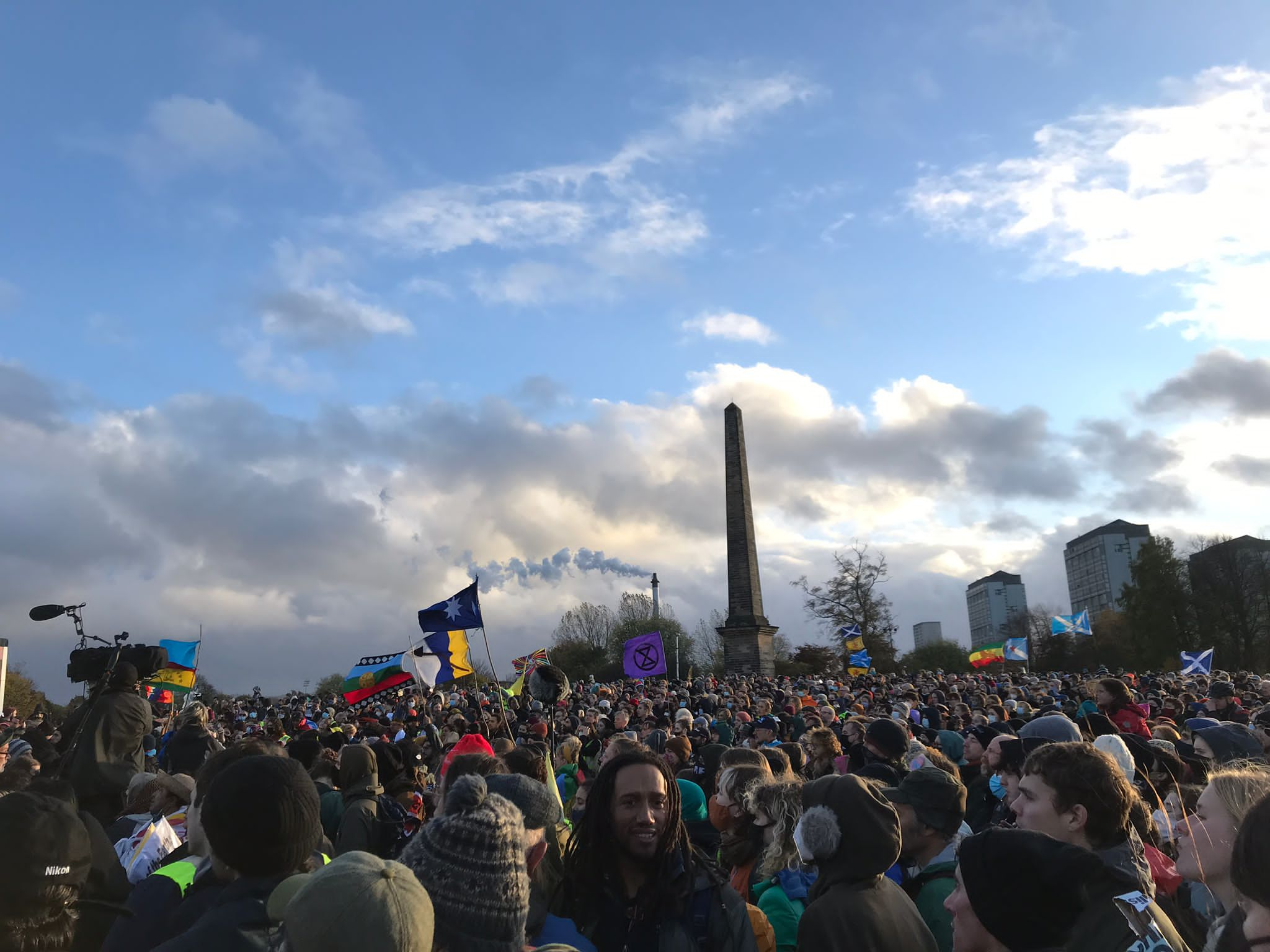
In the long lead-up to the event, the activist-led COP26 Coalition came together, uniting representatives from indigenous groups, frontline communities, trade unions, racial justice groups, youth strikers, NGOs, feminist movements and many more. The coalition took it upon itself to facilitate travel and accommodation for many participants and coordinated more than 150 panels and assemblies. This impressive collection of alternative events focused on questions of climate justice and aimed at educating and raising awareness, whilst building an informal dialogue with the UNFCCC and the world that could help change the narrative and redefine priorities on key questions for the COP.
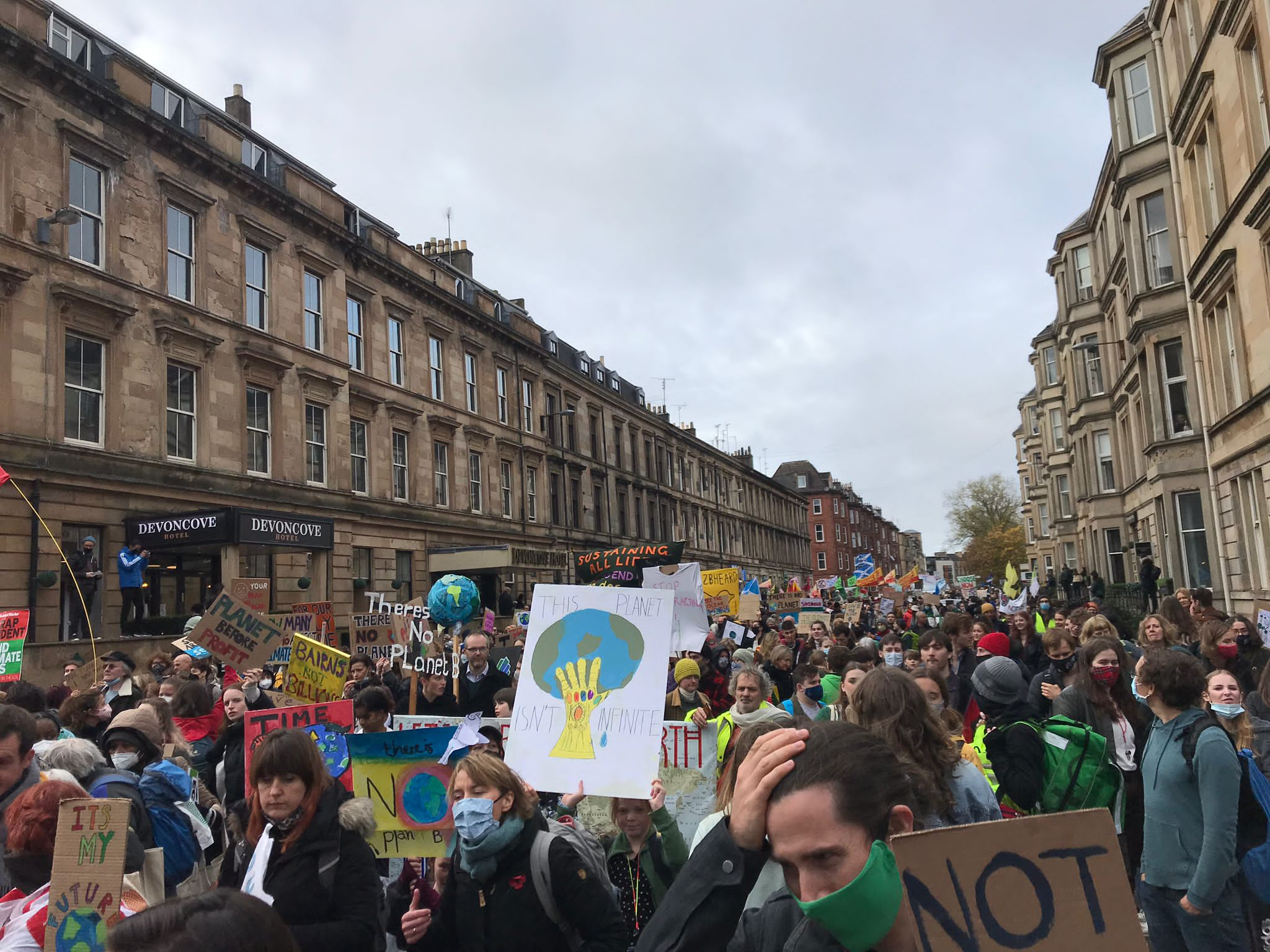
For me, Glasgow was a fractured experience. On the one hand, the absence of comprehensive representation on the official COP site made for an experience that felt disconnected from the gravity of this crisis. Conversely, the COP26 Coalition was able to create a space for the excluded voices and their urgent message to be heard. This space presented the public with the full scope of consequences of climate change and allowed people to be exposed to its most radical but necessary solutions. With the hindsight given by the underwhelming outcome of this year’s negotiations, the Coalition may have given us a picture of what the next COP must look like if it is actually going to deliver on its promises.
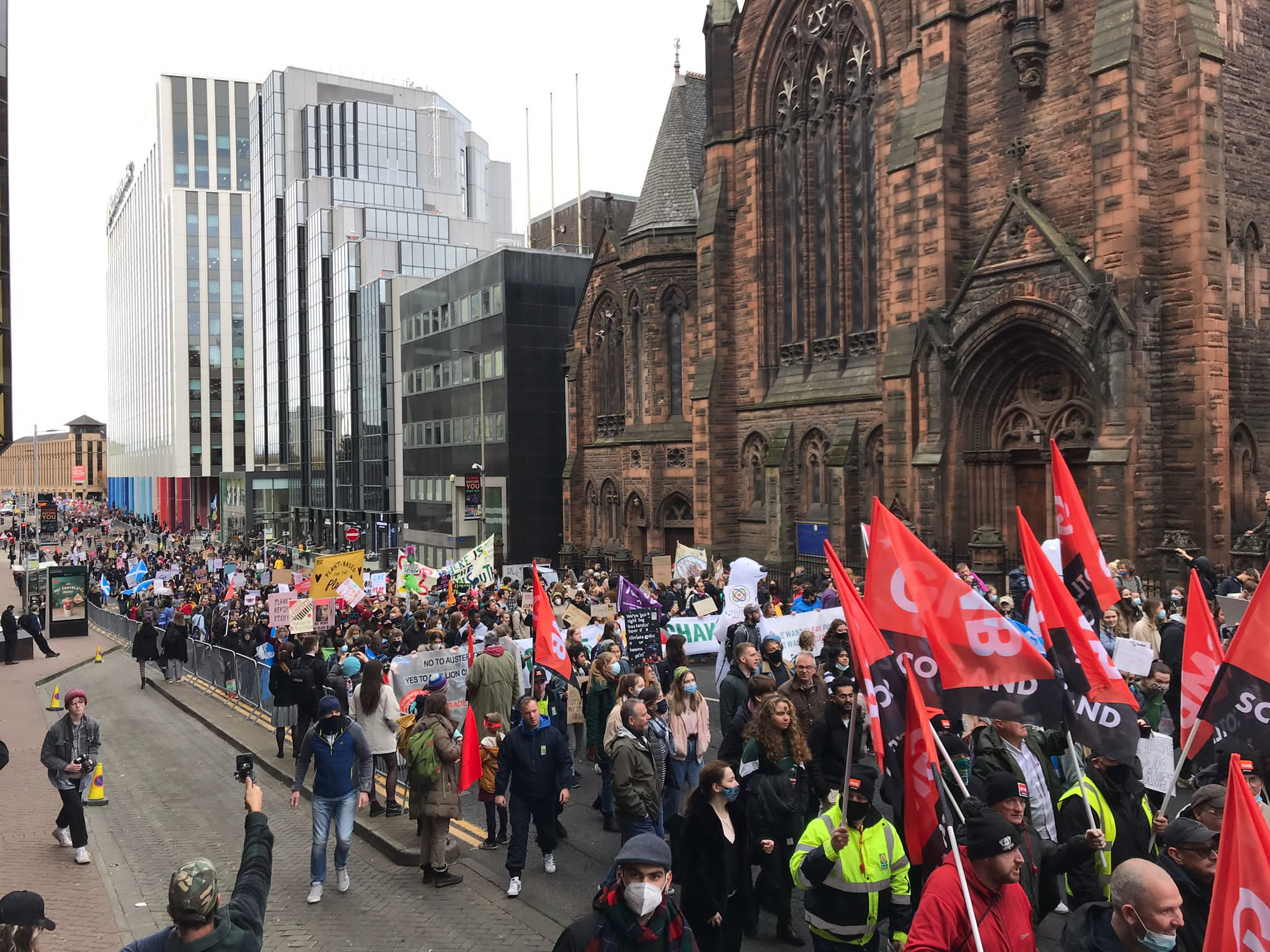
If you enjoyed this blog and are yet to subscribe to the newsletter, you can click the button at the bottom right hand corner of this page, or simply head to the Lawyers for Nature homepage. You can also use our Contact Page if you would like to reach out directly. We look forward to working with you.


